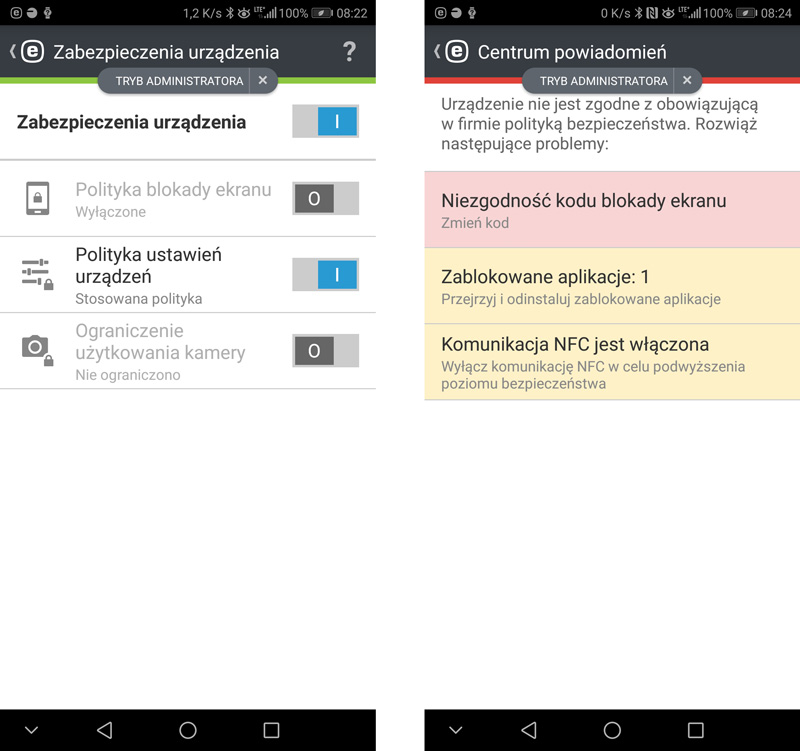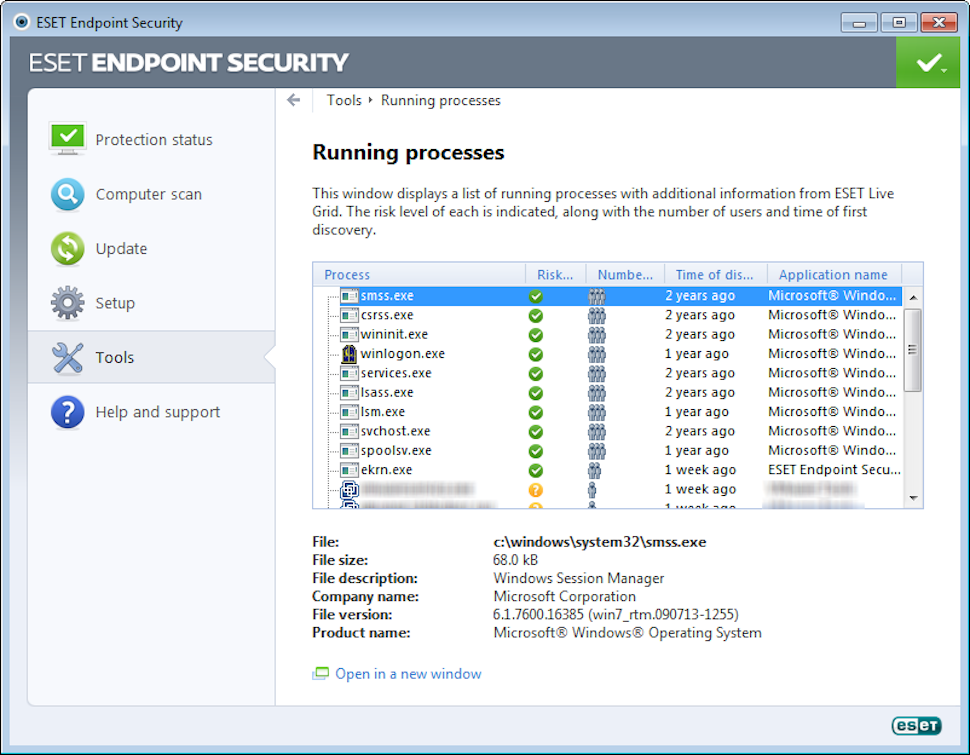

This will repopulate the dynamic folder and the task will run.įrom this point on, each time a machine falls into the Outdated AV Version dynamic folder based on the criteria of your dynamic template, your update task will run. Left-click and edit the EEAV Not Updated template created in step one.Ĭlick Finish. NOTE: This task will not run on anything that is already showing in the Outdated AV Version dynamic group. Locate the Outdated AV Version dynamic group created in the previous step:Ĭhange TRIGGER TYPE to Joined Dynamic Group Trigger: If you miss the Create Trigger prompt, just left-click the task and select Run On. Īt the top of the window, chose ADD FILTER > Product Name:Ĭlick Finish and when prompted, click Create Trigger. Select the appropriate license for the product you are installing by clicking on. Name your new task and add a description if desired.Įxpand out the Settings tab and check the I Agree with the EULA box. In the ERA, browse to Admin, Client Tasks, Software Install. Note: Only machines that have recently checked into the ERA will populate this folder. The new dynamic group under the Windows Client folder should now begin to populate. Make sure your parent group is the Windows Client group.Įxpand Template and chose the appropriate template created in section one. Name your new dynamic folder and add a description: Select the gear icon next to the new Windows Client dynamic folder and chose + Dynamic Group.

The new dynamic folder should start to populate. This is a default template built into ERA. Select the template called Operating system is MS Windows (Client). I also added a description for this folder.Įxpand out the Template section and Click Choose Existing. Name the new dynamic folder Windows Client. In this example, I will be creating a folder for Windows Client (non-server) operating system computers. If not, we will now create these folders.Ĭlick the small gear icon next to the static folder you wish to be the parent group for this folder. If you already have a folder or series of folders dividing machines by operating system, you can skip this step.

With a dynamic folder chain, we can sort the endpoint to only machines of a certain type that are out of date, using the templates we created above. With over 5000 endpoints checking into our ERA, it is important to keep things clean.

We use a combination of static and dynamic folders to keep our environment organized. You can repeat the above steps for any other version of ESET you have in your environment, being sure to change the software name and version accordingly. More to come on this later in this section.Įxpand out the EXPRESSION section and ensure your OPERATION is set to AND.Ĭlick ADD RULE and locate Installed Software > Application Name:įinally, click Finish. In this example, I am building a template for ESET Endpoint Antivirus and I have added a description that this template needs to be adjusted manually. Name your template and add a description. Log into your ERA with an account that has permission to create dynamic groups.īrowse to the Admin section and click Dynamic Group Template.Īt the bottom of the page, select NEW TEMPLATE… You can also determine the current version when creating your install task, described later in this blog. The version is located below the download link. To determine the current version of the ESET client, you can go here. Keeping up with product updates can be a bit daunting, but with a small amount of work, we can automate the process by 90%. In this article, I will focus on automating the updates to the ESET client using dynamic folders. The agent facilitates the connection back to the ESET Remote Administrator (ERA), and the client is the actual ESET Antivirus product. There are two main pieces to the ESET Enterprise Product: The ESET Agent and the ESET Client. ESET is scheduled to release version 7 later this year and I will write an update for that version at that time. The following instructions are for ESET Version 6.4-6.6.


 0 kommentar(er)
0 kommentar(er)
